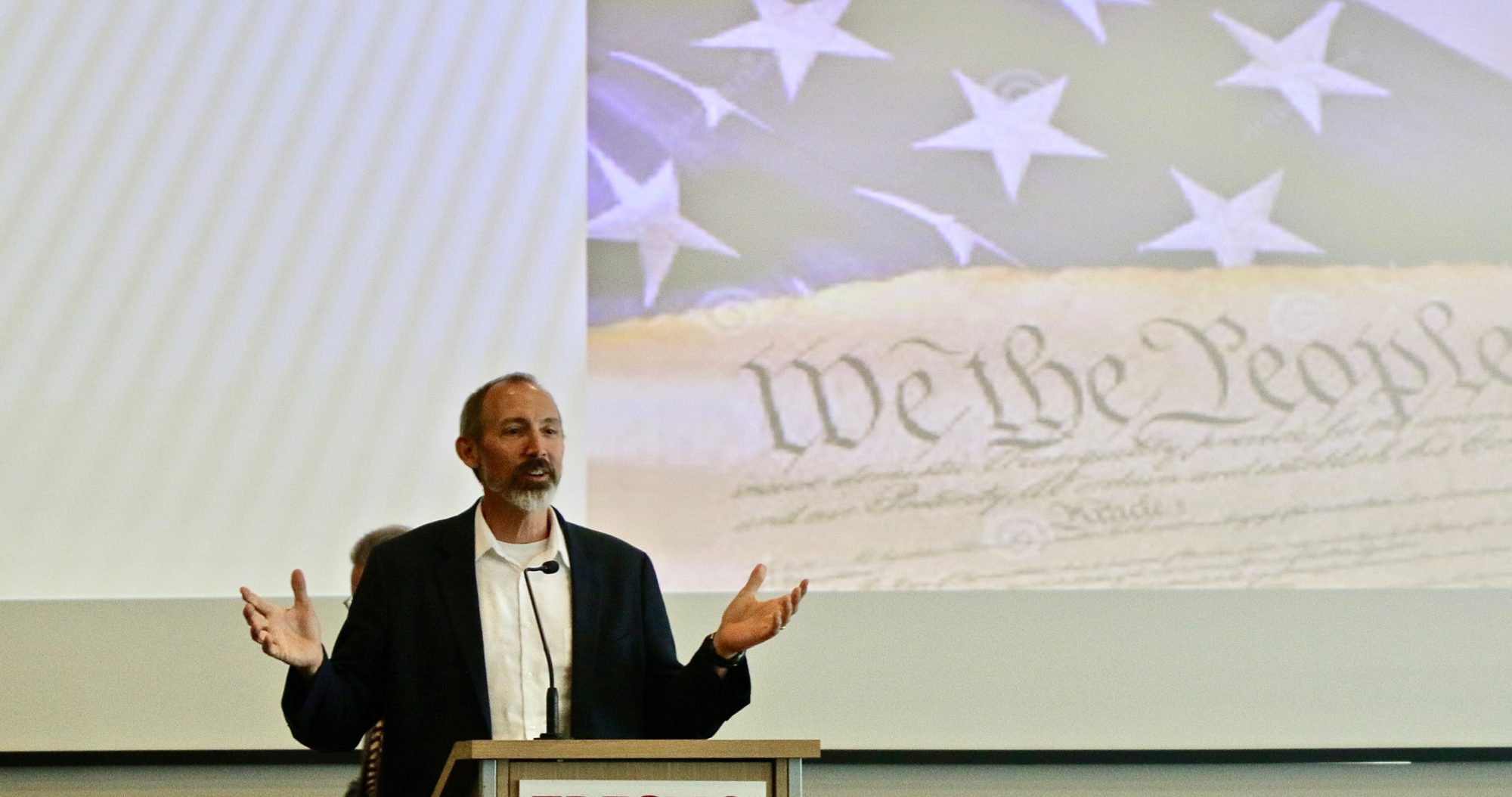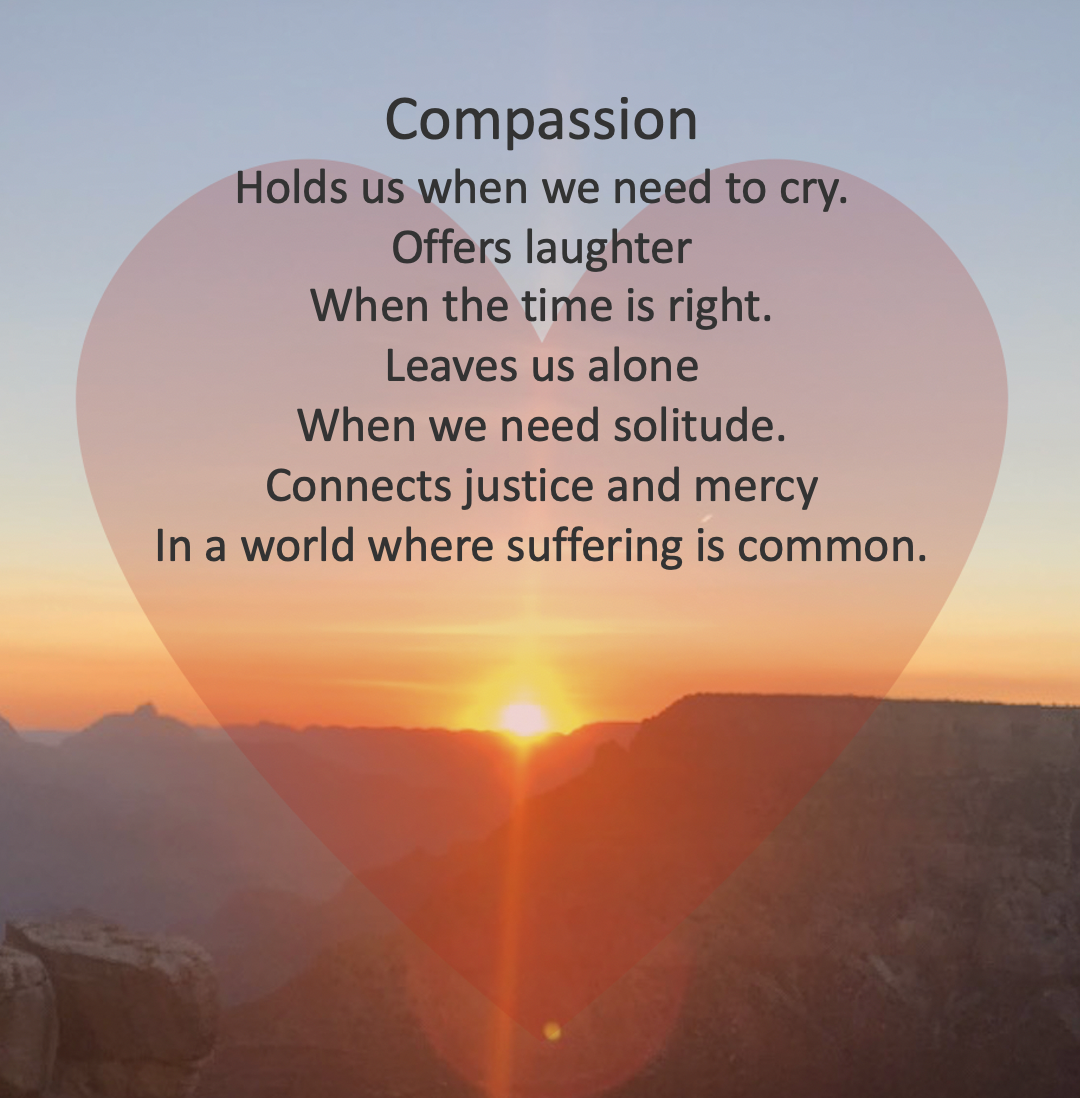Truth and power have always been at odds. When Jesus claimed that he came into the world to testify to the truth, Pontius Pilate scoffed, “What is truth?” The powerful do what they want, indifferent to the truth. The meek end up suffering.
The Donald Trump melodrama provides a more recent example. Trump is skilled at twisting the narrative and making people wonder what is really true. While he was in court for his porn-star-hush-money trial, Trump shared a post that compared his tribulations to those of Jesus. But is it true that Trump is being persecuted like Jesus was?
Well, “What is truth?” Was the 2020 election a fraud? Was Jan. 6 an insurrection? Did Trump pay off a porn star? Did he really rape E. Jean Carroll? Leaving those sordid affairs aside, what is Trump really worth?
Trump seems to have made billions as his social media company went public. The company is not profitable, but the stock price jumped. Pundits are describing it as a meme stock, whose value is divorced from reality.
At the same time, Trump has been convicted of fraud in New York and fined more than $450 million. Despite his wealth, he claimed he was unable to post a bond while the decision is being appealed. The court reduced the amount to $175 million dollars just as Trump was making those newfound billions. Is he rich enough to pay the fine or not? Is his company really worth all of those billions? What is the truth?
These are unimaginable sums for normal, honest people. The story of Trump’s financial ups and down exposes the rotten core of modern capitalism and political life. This is a “let them eat cake” economy in which wealthy fraudsters get rich while homeless people sleep on city streets.
The name of Trump’s social media application, “Truth Social” discloses part of the problem. Truth is not social. Truth is solid and substantial. It is based in the world of facts. More importantly, truth requires honesty and sincerity.
Fraud, lying, and deception undermine truth. But when there is so much nonsense circulating, it becomes difficult to distinguish truth from falsehood. Quacks and charlatans take advantage of this situation. Many of us don’t seem to care. Or perhaps we have been subject to so much misinformation, disinformation and noise that we just throw up our hands, asking, “What is truth?”
A number of us seem eager to jump on the latest bandwagon, indifferent to the truth. We all do this from time to time. If a stock is trending higher, we buy it. If a celebrity endorses something, we use it. When everyone is mocking someone or sharing a stupid meme, we add to the pile. Instead of keeping our eye on truth and virtue, we are distracted by the shiny bells and whistles of the latest craze.
But the bandwagon has no substance. The opinions and beliefs that percolate through social media are merely gossip and gas. Things do not magically become true because people keep repeating them.
In an economy of bubbles and bunkum, we don’t know what anything is really worth. The rise and fall of meme stocks and celebrities as much about herd mentality as it is about any concrete value. And the “truths” that bounce around on social media are produced by “influencers” instead of experts.
The antidote for this is obvious. We need better critical thinking. We also need faith that in the long run the truth will triumph.
This takes us back to Jesus and his interaction with Pilate. It is there that Jesus said, “My kingdom is not of this world.” This is a reminder that there is another, better world in which truth and virtue matter. The kingdoms of this world float on hot air. Wisdom and truth have deeper roots.
It is instructive to note that Jesus did not argue with Pilate. The powerful are not interested in genuine arguments about truth. They pander to the mob, do what they want, and then wash their hands. This means that in the short run, untruth may succeed. But one of the hopeful messages of Easter is that in the long run the truth will prevail.
Read more at: https://www.fresnobee.com/opinion/readers-opinion/article287190845.html#storylink=cpy





